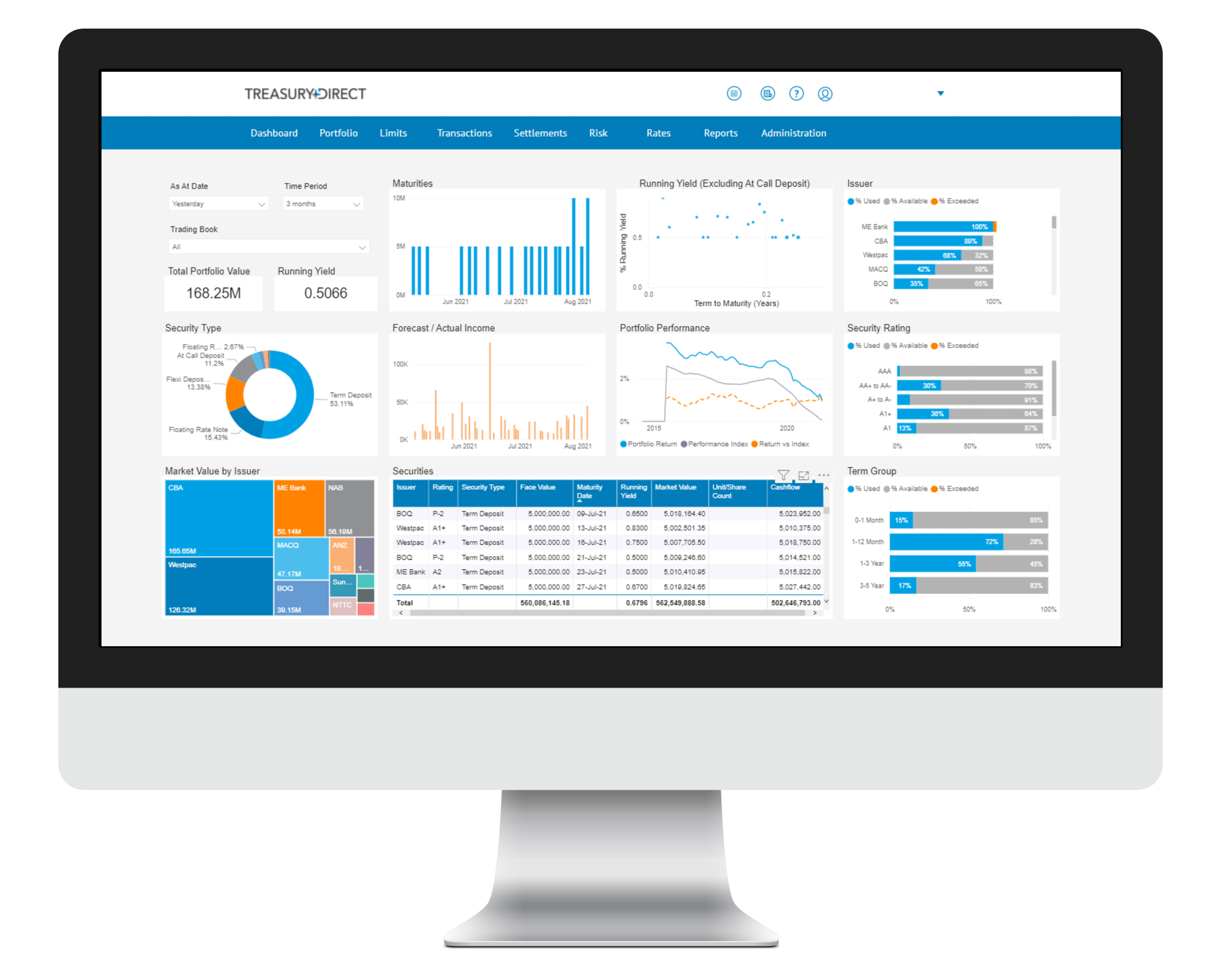Markets Overview
- ASX SPI 200 futures little changed at 8,188.00
- Dow Average up 0.7% to 41,113.97
- Aussie down 1.1% to 0.6426 per US$
- US 10-year yield fell 2.9bps to 4.2674%
- Australia 3-year bond yield fell 6 bps to 3.37%
- Australia 10-year bond yield fell 5.5 bps to 4.28%
- Gold spot down 2.0% to $3,364.38
- Brent futures down 1.9% to $61.00/bbl
Economic Events
- 10:30: (AU) Australia to Sell A$1 Billion 77-Day Bills
- 10:30: (AU) Australia to Sell A$1 Billion 126-Day Bills
- 11:00: (AU) Australia to Sell A$100M 0.25% 2032 Inflation-Linked Bonds
Stocks, Treasuries and the dollar rose as Federal Reserve Chair Jerome Powell said the US economy remained sound and the central bank won’t be forced into rash action by President Donald Trump’s trade policies. The prospect of looser rules on semiconductor exports supported chipmakers.
Equity futures for Japan and Australia climbed after the S&P 500 and Nasdaq 100 ended Wednesday 0.4% higher. Chipmakers led the charge in New York trading after Bloomberg News reported that the Trump administration plans to rescind Biden-era curbs for the industry. Nvidia Corp rose 3.1%. A gauge of US-listed Chinese stocks fell 2.3% during the session, while contracts for US equities opened slightly lower in early Asian trading.
Treasury yields fell across the curve Wednesday with the 10-year benchmark falling around three basis points to 4.27%. An index of the greenback rose 0.5%. The yen was steady early Thursday in Asia after weakening in the prior session.
Powell warned that risks are growing of higher inflation and slowing growth, but calmed investors after the Federal Open Market Committee left interest rates unchanged. With unemployment still low and demand steady, Fed officials have said they are comfortable keeping rates steady until they have a better understanding of where the economy is headed. Powell repeated that sentiment Wednesday, adding the cost to waiting is fairly low.
“Powell reiterated several times that the Fed wasn’t in a hurry to adjust the stance of monetary policy given the strength of the economy, which puts the Fed in a position to wait for greater clarity and see how conditions evolve before cutting rates,” said Josh Jamner at ClearBridge Investments.
In Asia, the Bank of Japan will release its March meeting minutes Thursday, Malaysia will deliver an interest rate decision and Taiwan trade data for April will be released. Later in the day, the central banks of Sweden, Norway and the UK will hand down interest rate decisions.
Elsewhere, oil prices edged lower Wednesday, paring a rally in the prior session. Gold fell Wednesday for the first time in four sessions.
Price action Wednesday was especially muted when compared to April 16, when stocks and the dollar tumbled after Powell first mentioned the growing tension between the Fed’s dual mandate of controlling price pressures and bolstering employment. His comments then, coming amid a violent stretch in markets, were taken by traders as a vow to prioritize the fight against inflation even if it proved costly for investors.
Market turbulence has calmed significantly since the first weeks of April, partly thanks to Trump’s trade concessions but also owing to a string of economic reports that gave confidence to bulls. Friday’s jobs report, which showed unemployment held steady at 4.2%, followed readings on the services economy and inflation that also offered few recessionary signals.
How long the good news will last as Trump’s trade policies play out is the biggest question confronting central bankers.
“The Fed is not really sure where tariffs are going to land, which is important, and when they land they’re not really sure what the consequences are going to be on growth versus inflation,” said William Dudley, the former New York Fed president, on Bloomberg Television. “This is not just about the central scenario, it’s also about risk management. Try not to do the wrong thing so that you can respond effectively as things actually unfold.”

